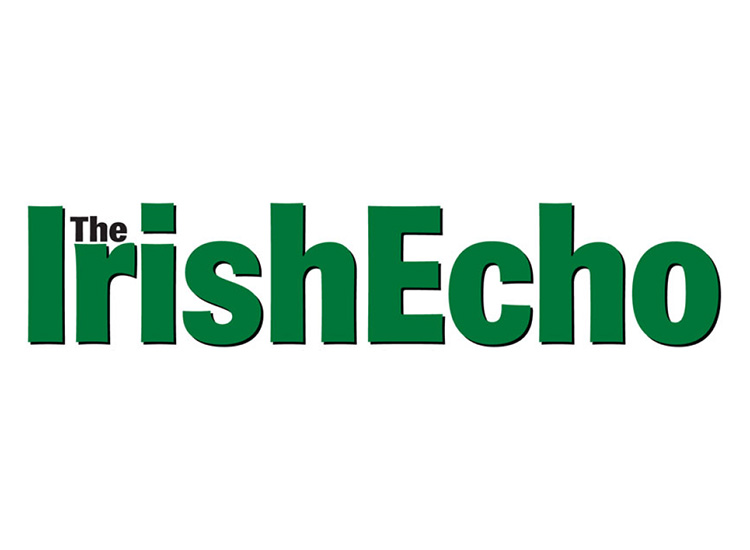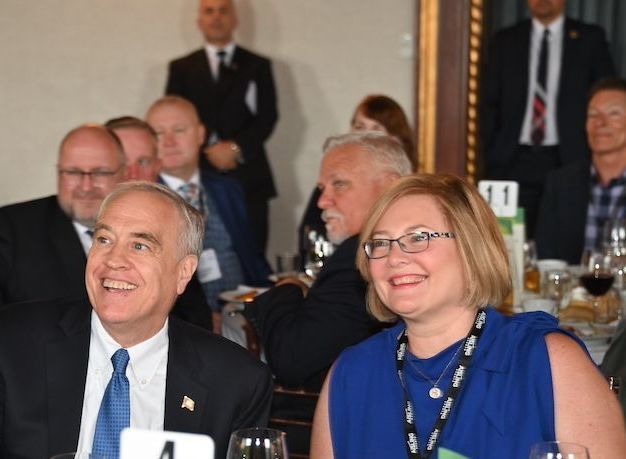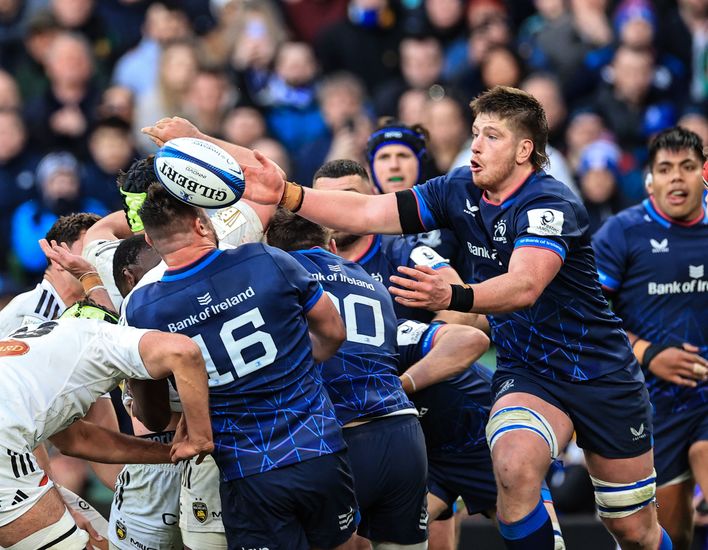Brendan O’Shea’s “Midatlantic Ghost” shows he has a tremendous understanding of how and why people listen.
By Daniel Neely
Down in the Lower East Side of New York City there is a bar called the Scratcher (209 E 5th St). It’s a small, inviting place a couple of steps down off the sidewalk near 5th Street’s Bowery side. There, you’re likely to run into singer, songwriter, and bartender Brendan O’Shea, who late last year released his fourth album “Midatlantic Ghost,” a brilliant album of songs that reveals an artist of no small measure who embodies in many ways the romantic ideal – or what was – of this fair city.
Born in Killarney, Co. Kerry, O’Shea is a longtime resident of New York and an integral part of the East Village’s music scene. He always seems to be lurking at all the cool traditional music events and not only does everyone know him, but they all have a reverent respect for him. The Scratcher is O’Shea’s home. It is where he’s worked since arriving in NYC so many years ago, and perhaps the reason he’s become so hard wired into the LES. It’s also the location of “The Scratcher Sessions,” a Sunday night acoustic concert series with a strong reputation for presenting top quality musicians that he founded and co-curates.
It’s also where he finds inspiration. Indeed, The Scratcher is the crucible in which O’Shea writes and is able to cultivate and workshop his craft. And in the “new” New York, where the number of spaces in Manhattan for someone like O’Shea to do what he does is dwindling, this resource is a rare thing, indeed.
https://vimeo.com/190002063
This album is truly the product of O’Shea’s lived experience. In putting it together, he’s assembled an impressive team of kindred musicians. Patrick Firth (piano) and Brian Killeen (bass) both provide excellent musical support, and O’Shea’s wife Jenna Nicholls (harmony and lead vocals) is wonderful as well. He’s also recruited a pair of my favorite musicians in Jefferson Hamer (who co-produced the album with O’Shea) and Eamon O’Leary, best known together as the Murphy Beds, whose work delivers some of the albums most poignant moments.
With only eight tracks, the album shines with a very satisfying intensely but burns out quickly, perhaps even before you realize it. The songwriting is strong and concentrated throughout, as evident on tracks like “Letter to a Friend,” “Tom’s River,” and “Southyrn Sky,” the latter a tribute to the memory of Nina Simone on which Nicholls gives a stunning performance on lead vocals.
However, the two tracks that hit me the hardest are “Midatlantic Ghost” and “On A Hill.” Both feature Hamer and O’Leary’s “Murphy Bed” sound, into which O’Shea tucks in seamlessly. Both are songs have stark, challenging lyrics with matching arrangements that convey a poetic visuality that is both impressive and moving.
“Midatlantic Ghost” shows O’Shea has a tremendous understanding of how and why people listen. His songs are brilliant and there is great poetry not only in his words, but in their delivery. There are shades of Bob Dylan, Bruce Springsteen, and Paul Simon on this album, but it’s not hard to hear Christy Moore, Glen Hansard and Declan O’Rourke in O’Shea’s music, either. The album’s slow burning intensity never skimps on intimacy and has immediate appeal. This is one for people who love well crafted songs and are serious about truly great songwriting. To learn more, visit brendanoshea.com.










